In 1975, the Brown sisters began a photo project. Nicholas Nixon helped them, and the sisters were excited to take pictures.
The first photo shows the four sisters: Heather, Mimi, Bebe, and Laurie. Each sister has her own personality. They were between fifteen and twenty-five, showing a range of youthful energy and growing maturity.
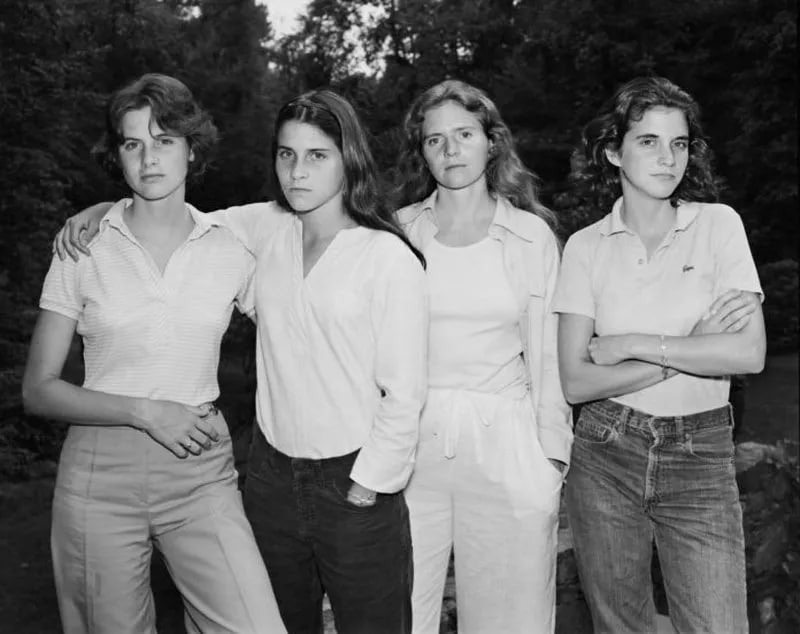
1975: The photo journey begins.
In 1976, an intriguing pattern emerged. The dresses matched the photos, and people wondered why.
The matching dresses added harmony and visual poetry to the story of sisterly love.
The matching dresses showed their connection and unity. They would stick together through good times and bad and celebrate their bond.
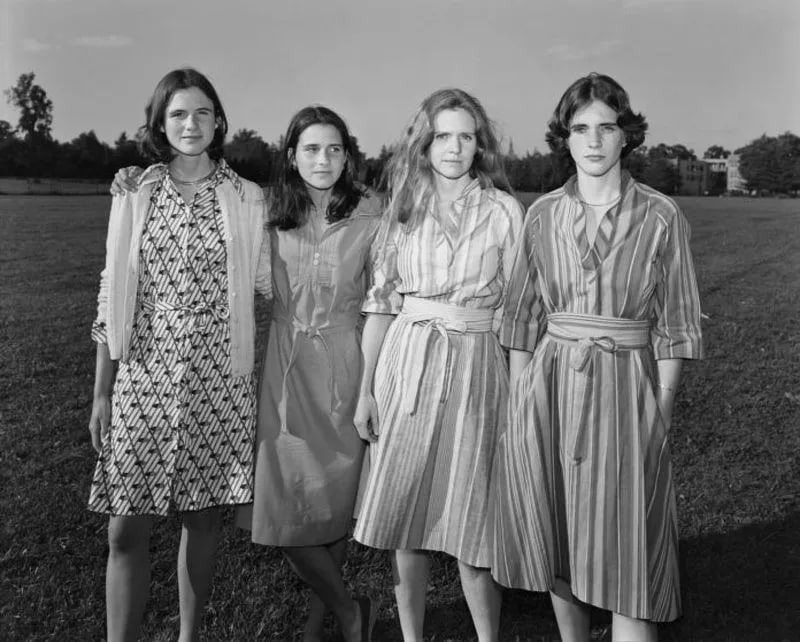
In 1983, the sisters played Jenga. The Brown sisters playing Jenga adds fun speculation. As they played Jenga, one could not help but wonder who would be the champion.
The photo shows the sisters having a lively conversation. It shows how close they are and how their experiences have shaped their bond. Sisterhood shines in these moments of laughter and friendly competition.
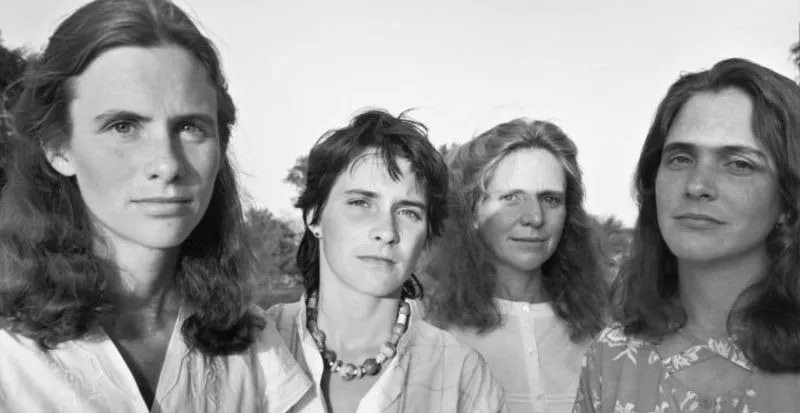
In a 1992 photo, Mimi looks pregnant. Nixon subtly draws attention to Heather, who may be experiencing a significant life event. Heather is looking at Mimi’s stomach and holding it. It seems like she might be pregnant.
However, we should be careful about assumptions. The photo may be meant to be mysterious and let people think about it without giving details.
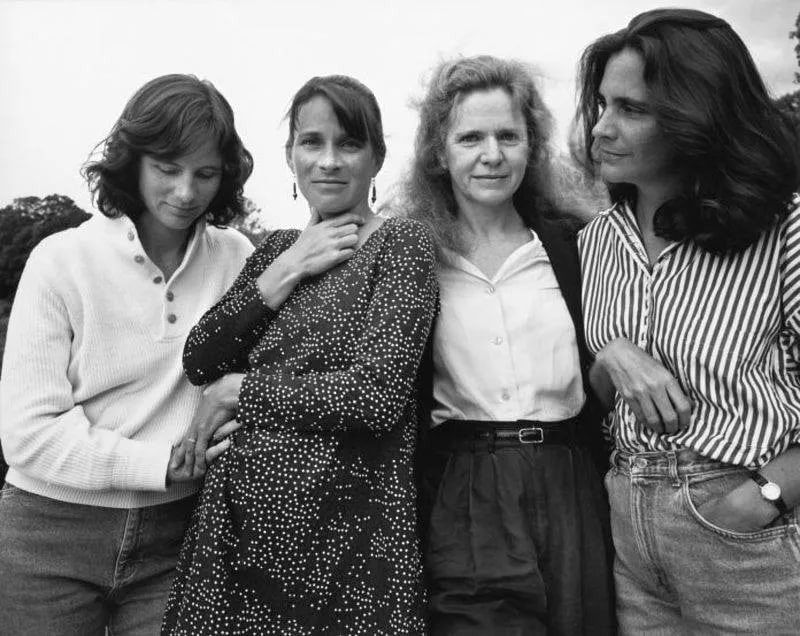
In 2000, the Brown sisters had an annual photo shoot. The way it was done changed over time. These features were essential to the project, including the simple, natural photos and the sisters standing in the same order. The idea was to create a series that could be appreciated without matching faces from one year to the next.
The project also used an 8″ x 10″ view camera on a tripod to take black-and-white film photos.
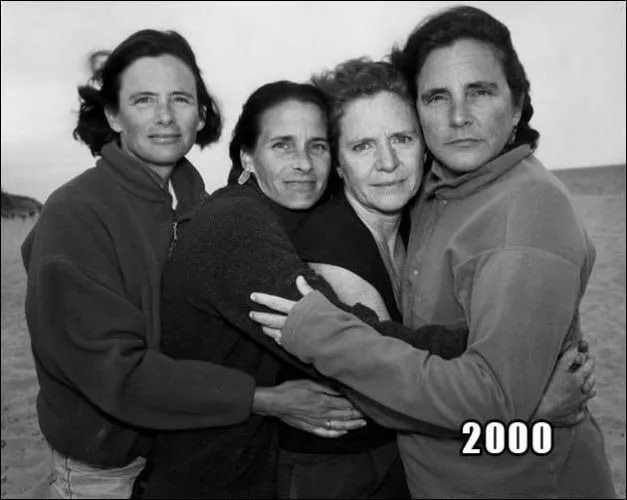
2005
In this photo, three sisters look at the camera while Laurie looks away. Her expression shows she’s thinking about something, making viewers wonder what it is.
The other three sisters seem relaxed in front of the camera. Bebe’s embrace around Laurie offers comfort, but they may have a deeper issue.
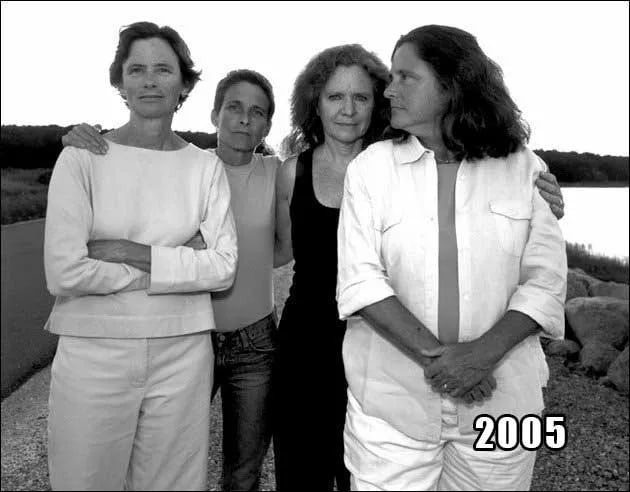
In 2007, the Brown sisters returned to their natural style, allowing viewers to see the real changes in their faces over time. This project wasn’t just about looks; it also captured how time changed their faces and the bond between the sisters.
The images show the sisters’ genuine bond. This approach shows how time passes and how the sisters stay close.
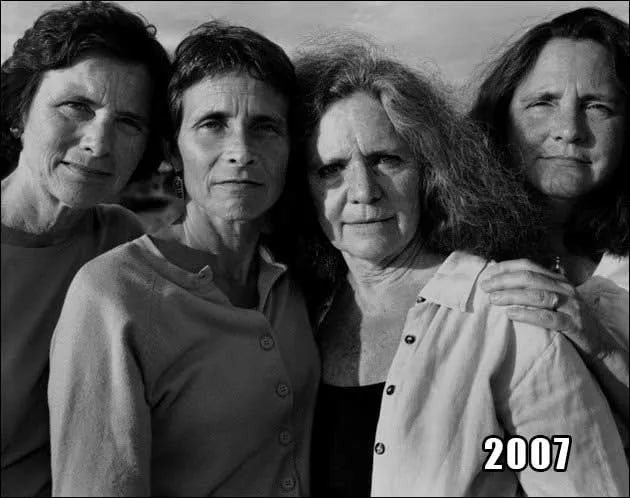
2010
Heather, Mimi, and Bebe often wear similar facial expressions, while Laurie stands out with her emotions. She often looks afraid, sad, or tense, but this year, Laurie looks calm.
I hope she has found peace in her personal life. The photo shows a moment of peace and happiness and looks at Laurie’s journey.
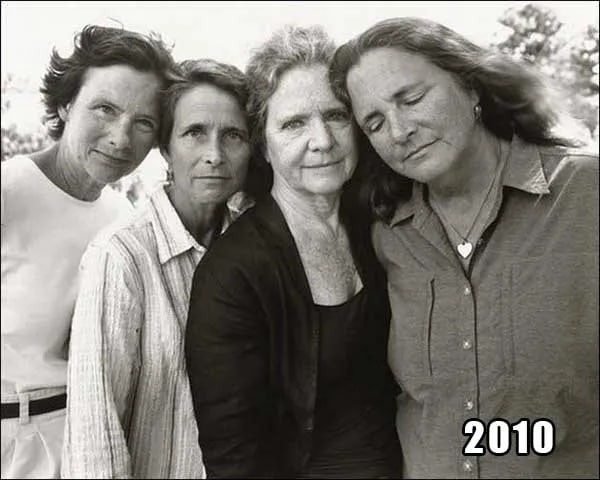
2012
This photo shows the sisters together, showing they care for each other. They are touching and close. They love being together and are close as sisters.
Laurie looks happier than before, which is a nice change. The photo shows the importance of appreciating loved ones and the strength of a sisterly bond.
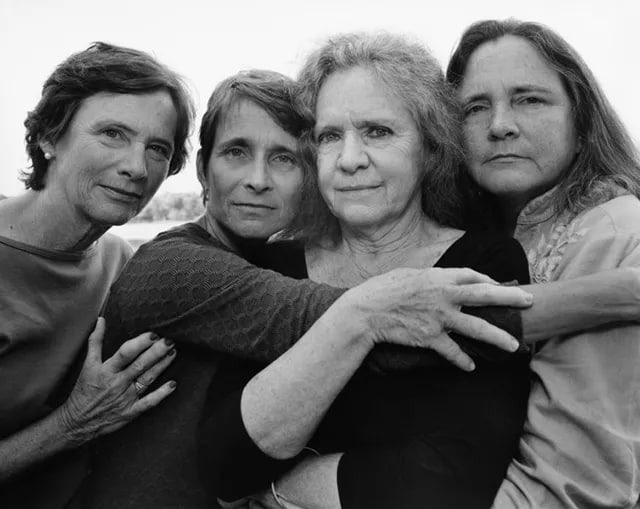
In 2014, the Brown sisters finished their 40-year photography project. In this final photo, it’s clear that their journey has ended. They were committed to the project and loved each other.This last photo shows how families can last long and how their stories can affect each other. It is a fitting end to an amazing show. The sisters will love it, and anyone their journey has touched will admire it.
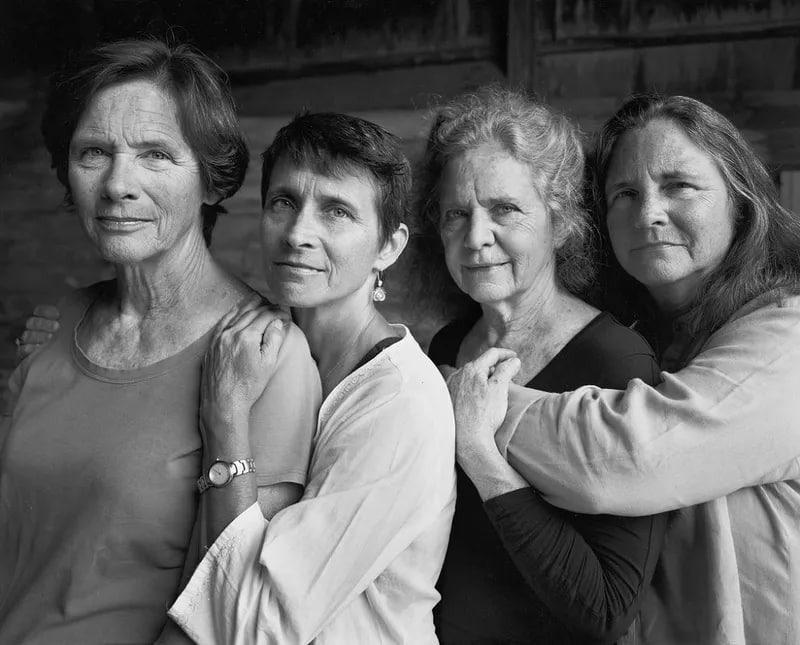

 Discuss
More news
Discuss
More news


